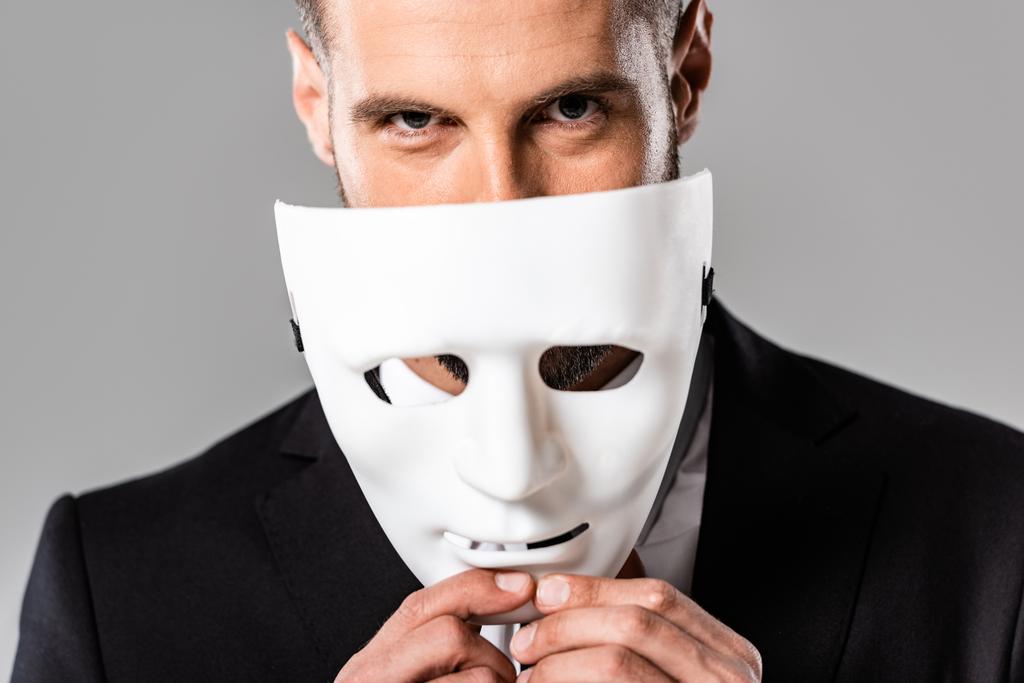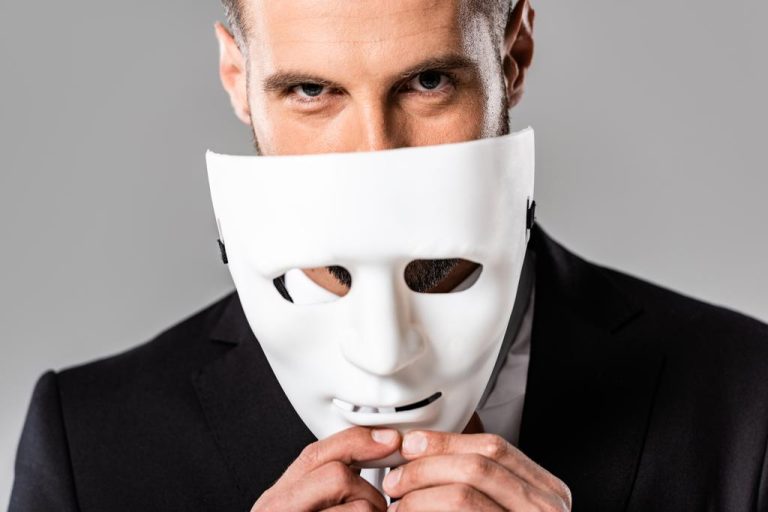Humans communicate constantly – with words, but above all with body language. This says a lot about us. You can pay attention to this when interpreting body language.
Understand body language – why?
Why should you deal with your own body language? Dr knows that Simon Breil from the University of Munster. He researches the connection between non-verbal language and personality perception. It has been proven that the perception of personalities is very strongly influenced by how we present ourselves, “before we have even spoken a word to each other,” says Breil.
It is well known that first impressions count. And this is derived 95% from our body language and only 5% from what we say. Other people form an image of us based on our body language. Precisely because we find it difficult to consciously control our facial expressions and gestures, it often speaks the truth about what we are actually thinking and feeling.
Is my counterpart telling the truth, is he comfortable? Understanding what your own body language and that of those around you is signaling can help you better understand others. communication becomes easier. In addition, a healthy posture can also have a positive effect on the inner body feeling.
What clear signals are there?
The movements in our face sometimes say a lot about our inner being. A frown can symbolize confusion or anger. A real smile is easy to tell apart from an artificial one. Do the cheeks lift, do small wrinkles appear next to the eyes? Body language is difficult to deceive. Another important aspect of facial expressions is eye contact, which can be used in many different ways. When two eyes cross each other on the dance floor, it’s an expression of mutual interest. You pay attention by looking. But be careful: Eye contact that lasts too long can also be uncomfortable or offensive. If the other person avoids eye contact, they don’t seem interested in you or are embarrassed.
It is also important what we do with our arms, legs and hands. There are gestures that are almost universally understood: raising your hand to greet someone, waving goodbye. If you like something, give it a thumbs up. But our body subconsciously controls many gestures. Anyone who has ever tried to keep their hands still while talking will quickly realize that this is almost impossible. Because the centers for speech and hand movements are close together in the brain. Man gestures to visually support what is being said.
Whether it’s for job interviews, lectures or on a first date – a confident posture is convincing. Anyone who walks and stands upright appears self-confident. A dynamic gait and relaxed arms support this impression. A sunken attitude, however, reflects insecurity, possibly also sadness. Anyone who carries their arms close to their body and takes small steps when walking appears tense. During conversations, you should lean forward a little to pay attention to the other person.
This is how you convince with your own body language
Not everyone has the same prerequisites for correctly assessing facial expressions, gestures and posture. However, being able to interpret signals is a first step in working on your own body language. Here it helps, for example, to observe other people, they can be friends, but also strangers. What gestures and facial expressions do they use to underline their words? How does their behavior appear to the outside world? It is also particularly interesting to do the same with politicians. Because they have often gone through coaching.
Politicians appear determined and self-confident through their body language. The same applies here: not everyone is a natural talent. Insecure people can practice body language in front of the mirror. The social psychologist Amy Cuddy developed the concept of “power poses”. Various exercises should help to radiate self-confidence. To expand the chest area, the hands can be crossed behind the head. Hands on the hips and hands on the front edge of the desk should also convey a confident impression.
You want to permanently change your body language? Rhetoric courses, drama, pantomime or dance can also help. The language of the body is constantly being used here. But ultimately, you shouldn’t force anything. Only those who feel comfortable in their own bodies appear authentic.
The man sticks out his chest, the woman crosses her legs
Typical behavior patterns of men or women indicate differences in their body language. The man sticks out his chest, the woman crosses her legs. You should even be able to tell from the gait whether a female or a male is walking in front of us.
Crossing the legs of women can have various external effects. On the one hand, this gesture is a sign of elegance, on the other hand, it can reflect a reserved and insecure character. The latter also applies when women play with their hair.
Men, on the other hand, tend to make sweeping gestures. They take up a lot of space, for example when sitting with your legs apart. This makes them appear more present. However, it is clear that posture is more a question of type and personality than gender.

Different countries, different customs – different body language
If the next holiday in distant countries is pending, you should also be careful when it comes to body language. Many gestures and facial expressions are culturally influenced and cannot be used universally. While for us a head shake means “no”, in Bulgaria and India a slow shake of the head means “yes”.
Eye contact, which is considered friendly in Germany, encroaches on the private sphere of the Japanese. Crossing legs is considered offensive to Arabs and Asians because it shows the soles of the shoes.
And you should also be careful with the popular “thumbs up” gesture. In Sardinia, Colombia and the Middle East, this sign can be interpreted as indecent.






